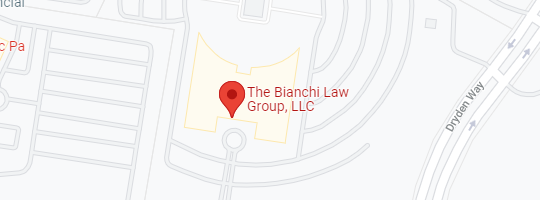What will new information regarding these cases mean in court?
July 9, 2020. Bob Bianchi discusses some of the latest developments in the cases that are gripping the nation right now on this episode of Keeping the Peace. From the newest information regarding George Floyd’s death and the impending trials of the officers involved to the latest developments in the cases of Amy Cooper and Ahmaud Arbery.
We open the segment by discussing the evidence produced by former officer Thomas Lane’s defense team in an attempt to have his charges dismissed. Evidence includes transcripts showing Floyd saying, “I can’t breathe,” 20 times, and a photo of the allegedly counterfeit bills Floyd used. In the motion filed to the court, Lane’s defense states that he asked multiple times if Floyd should be turned over on his back but was told no by Chauvin who outranked Lane’s 4 days as an officer greatly.
We bring in Cheryl Dorsey, retired LAPD Sergeant, to discuss. She brings up the fact that Lane participated in restraining Floyd’s legs and could have easily relied on his training to understand that the continued pressure on Floyd’s neck was unnecessary. Bianchi, however, notes within the defense that in order to be guilty of aiding and abetting a crime, a person must play a more active role in the said crime. The debate in court will likely discuss the difference between aiding in a crime versus negligence in not stopping a crime.
After the break, we discuss the cases of Amy Cooper and Ahmaud Arbery. Amy Cooper is the woman who hysterically called police in New York claiming a black man was threatening her because they had a confrontation about her dog being off-leash. Though the man involved, also last name Cooper, does not wish to press charges or see a case brought against the woman, Bianchi and Dorsey discuss the nature of her intentions in calling the police and whether there is an element of criminality involved.
Finally, the accused in the case of Ahmaud Arbery are going to trial. There has been contention between the attorneys involved already and the situation begs the question of how to strike a balance between transparency and avoiding tainting public opinion on the facts of the case.











